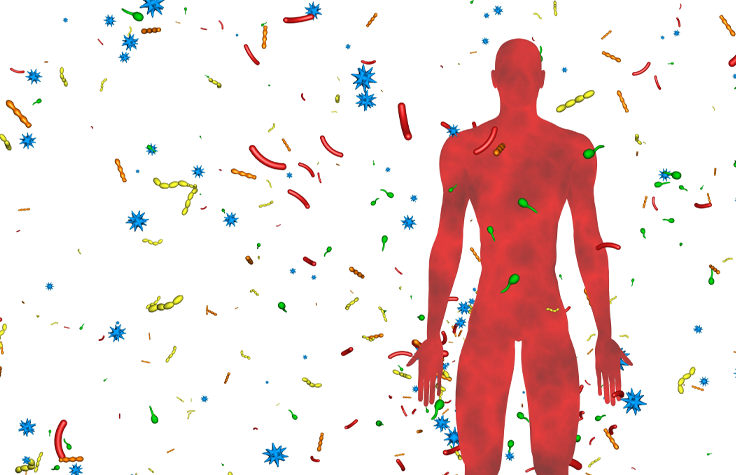
Details
Mechanisms of microbial pathogenicity have been extensively analyzed using a broad spectrum of methods, which are driven largely by the technologies available at that time. As animal experimentation gave way to in vitro methods, specific pathogens were systematically investigated as individual dominant clones and colonizers. With the arrival of next-generation sequencing, microbiomes of very diverse habitats are being described. Thus, the microbiome of newborns versus those of the elderly are now prescribed, also the transition and shift in complexity and specificity of bacteria from the oral cavity through to the gut compared to the skin and respiratory are now cataloged and mapped across communities and in response to stress and stimuli. This tremendous leap in deciphering the human microbiome has ushered a new era of microbiology in which formidable challenges in establishing the foundation of taxonomy, dynamics and function of the residential microbial communities dominate.
This talk will present the progress made in metagenomics and the use of largely unassembled sequences in constructing the microbial communities forming the human microbiome. The knowledge assembled from microbial whole genome sequences, and the metabolic traits of the human flora are perhaps the most significant framework for the construction of reference microbiomes that can drive research into how transient pathogens establish in new niches and drive the shift from health to disease.
- Date & Time
- Apr 4, 2017
- 9:00 AM - 10:00 AM (PT)
- Location
- North America
- Affiliation
- Head of Genomics Research Unit Public Health England
- Presenter
- Professor Saheer Gharbia
- Topic
- Genetic & rare diseases, Microbial genomics